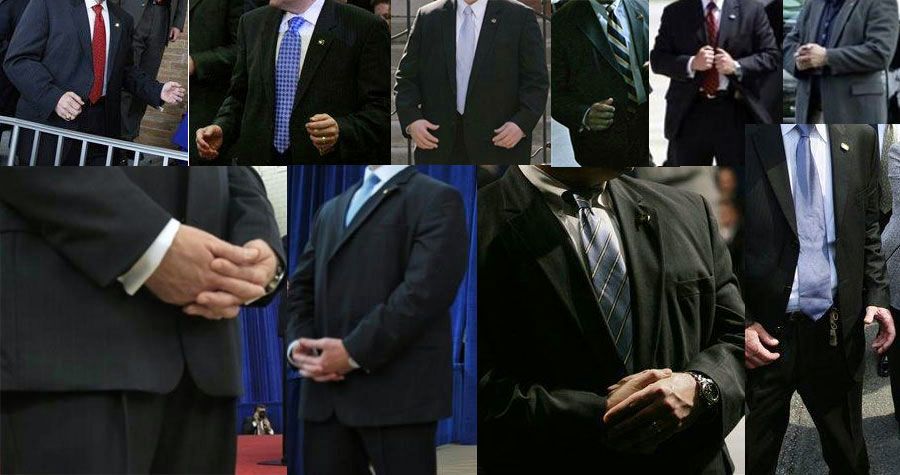SahBumNimRush
Master of Arts
So, we have to work with what we have and try to use our knowledge of techniques to unravel the secrets of the kata we are studying, regardless of the variations. I haven't tried it, but, it might be possible to look across the spectrum at the differences to help with our understanding. :asian:
I'll put this here, since it involves OMA, JMA, and KMA's Since we were recently talking about bunkai and how changing the form/kata/hyung is a detriment by limiting applications, I thought I'd start a new thread to explore this a bit further. I previously posted in another thread about Seisan, but since I don't really know that for very well, I thought I'd start with Bassai.
For reference sake here are the various forms of Bassai Dai from the various styles that practice the form:
Shito Ryu Bassai Dai:
Shorin Ryu Passai Dai:
Shotokan Bassai Dai:
Shuri Ryu Passai Dai:
Wado Ryu Bassai:
Gensei Ryu Bassai:
Kyokushin Bassai:
Shindo Jinenryu Bassai:
Shukokai Bassai:
Shorinji Ryu Bassai:
Tang Soo Do Bassai:
Last edited by a moderator:

